
Trudy Capootie quality checks the Solar Eclipse viewers at Half Hill Farm.
On Monday, August 21, 2017 at 1:29 p.m., a total solar eclipse will pass almost directly over Woodbury, TN and last a whole 1 minute and 47 seconds. The partial eclipse will begin 12 p.m. and end at 2:55 p.m. It’s a once in a lifetime event for most people, and a swath of America will share this celestial event with us.
In a time when shared experiences are increasingly rare, the solar eclipse can bring together millions of people at the same time to marvel at the universal precision and geometry of something greater than us. If the weather is good, you will likely want to look up and share in the experience yourself.
FREE Solar Eclipse Glasses: We’re giving away solar eclipse viewers that you see Trudy modeling above. They are yours free with any purchase at our store in the Arts Center of Cannon County while they last. These viewers are ISO compliant for direct observation of the Sun – and they were made right here in Tennessee!
When and Where to view the 2017 Solar Eclipse: Click the map below to see NASA’s interactive 2017 solar eclipse viewer. Once loaded, click the map to see instant calculations for that point on the map.Here are a few local events you may want to consider:
- Solar Eclipse Bar-BQ – Short Mountain Distillery 11-4
- Eclipse-o-rama – Southern Charm Cafe & Bakery
- The Great Tennessee Eclipse – MTSU
- Eclipse Fest and Viewing Party at Tennessee Tech
- Blackout 2017: Great AMerican Eclipse Party – City of McMinnville
- Total Eclipse In The Park – Tennessee State Parks
- Solar Eclipse VIewing Party – Cheekwood
- Music CIty Solar Eclipse Festival & Viewing Party – Adventure Science Center
- Solar Eclipse Event – Wilson County Fair

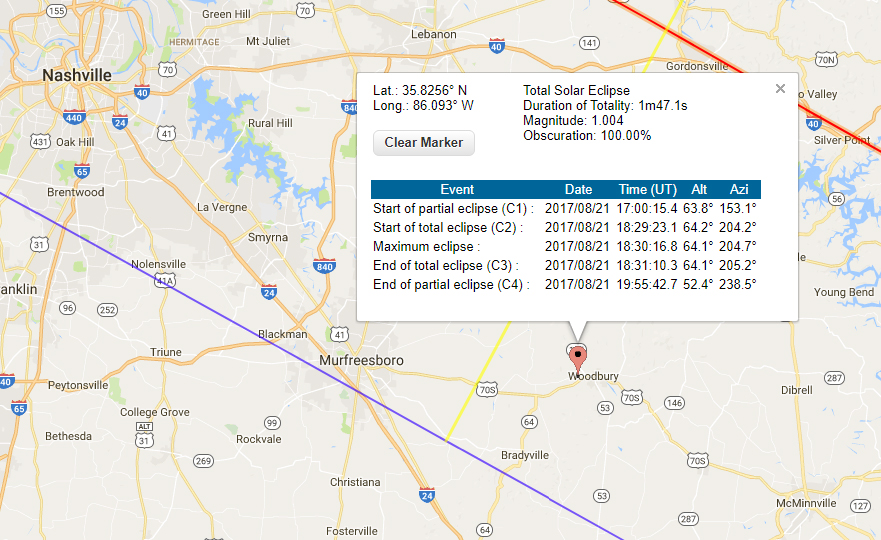
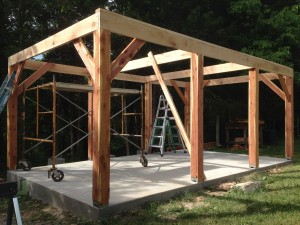 Construction started this week on Half Hill Farm’s
Construction started this week on Half Hill Farm’s 


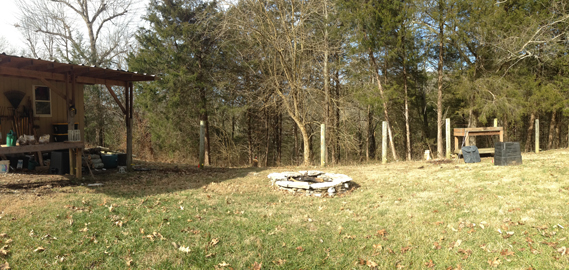

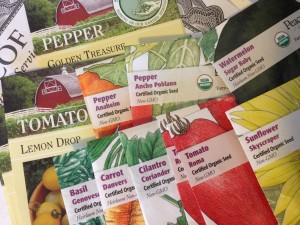
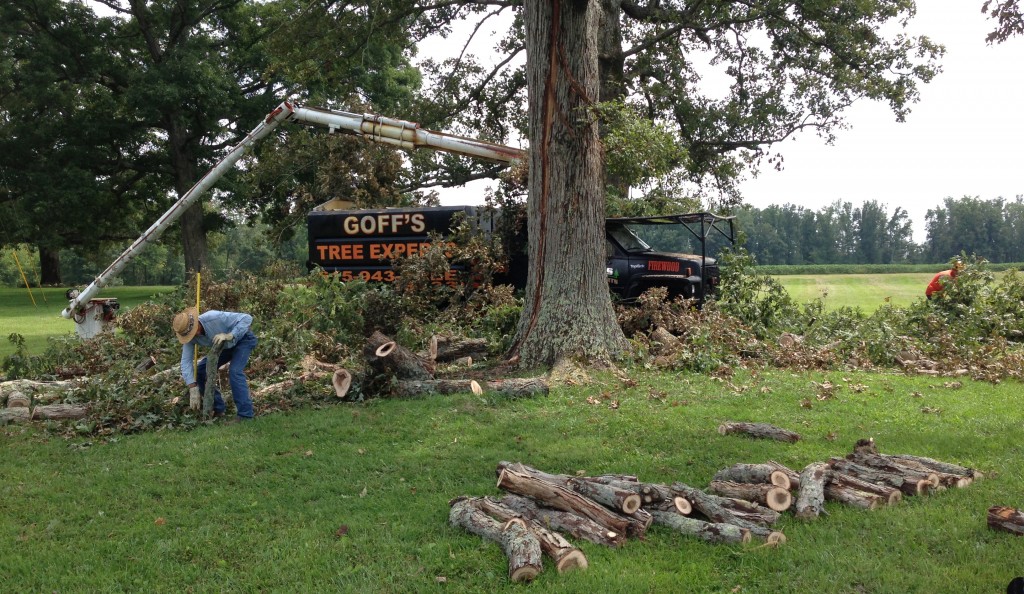
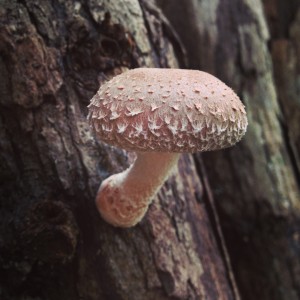 If you had a White Oak, Red Oak, Hickory or Sweet Gum tree that recently fell victim to storm damage, we can help you cut it up and remove as much as we can safely. We aren’t a professional tree service, but we can work with a tree service of your choice or cut up 4 inch or greater diameter logs they leave for us. In exchange for the logs we take, we will bring you a few of the
If you had a White Oak, Red Oak, Hickory or Sweet Gum tree that recently fell victim to storm damage, we can help you cut it up and remove as much as we can safely. We aren’t a professional tree service, but we can work with a tree service of your choice or cut up 4 inch or greater diameter logs they leave for us. In exchange for the logs we take, we will bring you a few of the 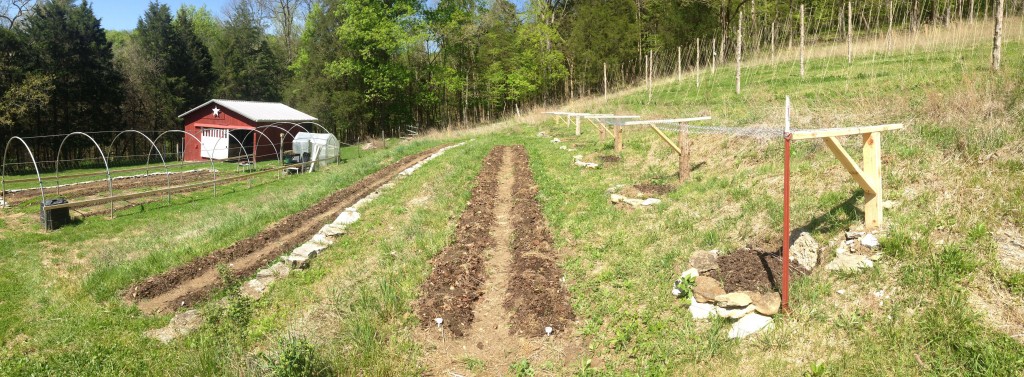
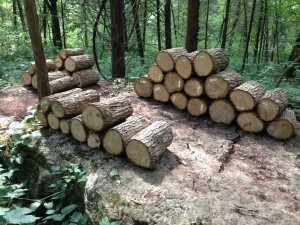 We will also have our 1 foot Shiitake, Reishi and Turkey Tail mushroom logs that should produce 10-15 pounds of mushrooms over 3-5 years. Look for our mushroom extract infused chocolates and other unique seasonal products hand-crafted with love on our farm at the market as well. Be sure to follow us on
We will also have our 1 foot Shiitake, Reishi and Turkey Tail mushroom logs that should produce 10-15 pounds of mushrooms over 3-5 years. Look for our mushroom extract infused chocolates and other unique seasonal products hand-crafted with love on our farm at the market as well. Be sure to follow us on 
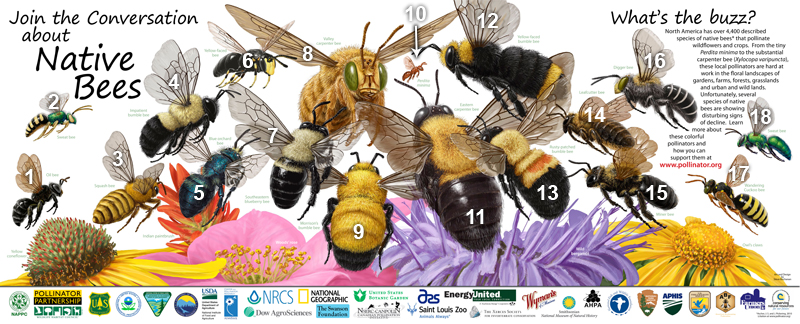
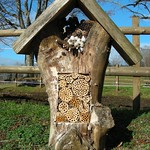

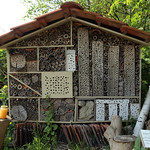
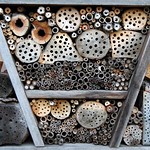
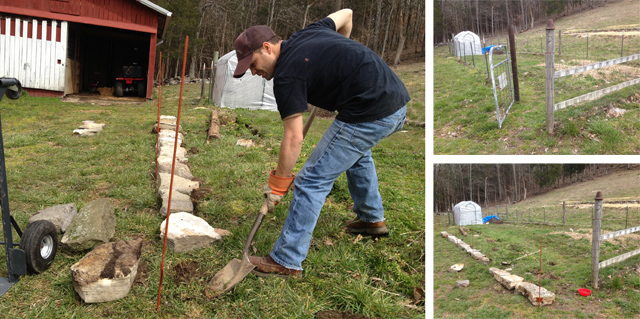
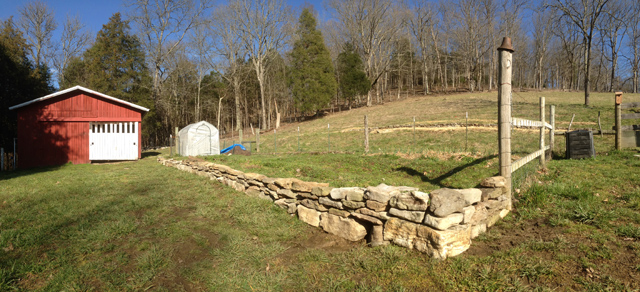
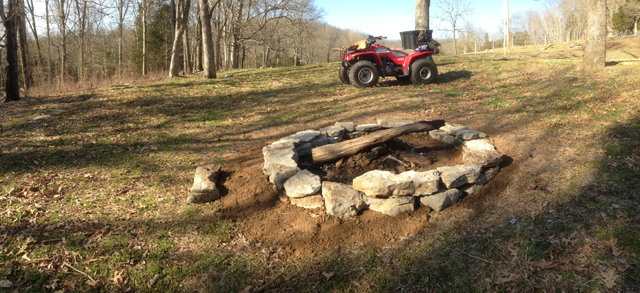















 I had no real plans to go all out and build a stone wall on the upper sides of my terraced garden sections, but here I go.
I had no real plans to go all out and build a stone wall on the upper sides of my terraced garden sections, but here I go.